In any crisis scenario, one of the first priorities is providing emergency care. However, a lot of this care is focused mostly on tending to injuries and common diseases.
While other medical issues are also planned for, they are not considered a priority. This presents a big problem to many older adults who suffer from a chronic illness such as diabetes or cardiovascular disease.
Middle-aged and older adults are the most vulnerable in the event of a disaster. Around 80% of them have to cope with at least one chronic disease on a regular basis.
Add to that the fact that the aging process makes them naturally frailer. This means that it is far more likely that they will need special medical care after SHTF than the younger and healthier people. Even so, priority is given to acute conditions such as physical injuries and infections.
This approach needs to be changed. Disasters have a disproportionate effect on older adults. Even though they make up a small bit of the population, they are often the most affected group.
How Disaster Affects Chronic Disease Patients
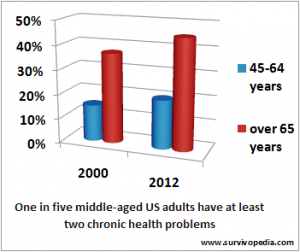
Their illnesses prevent these people from performing a lot of basic activities of daily living, also known as ADLs. These can include moving around, dressing, eating, bathing etc. Under normal circumstances, many of them require aid on a regular basis.
In a SHTF scenario, their conditions can get worse. This can happen due to stress, lack of proper food or water, and exposure to extreme temperatures. All of these issues can cause a chronic disease to worsen very rapidly. This can happen even if the condition was kept under control prior to the disaster.
Other common problems in this situation include a lack of necessary medication or medical treatment. Moreover, nutrition is also an issue. Disaster victims are often provided Meal, Ready-to-Eat (MRE) packages. However, these are rich in fat and sodium, a problem for many chronic disease sufferers.
How to Prepare
Knowing that people with chronic diseases are more vulnerable than others during a disaster can actually be beneficial. If you are among them, this can be the motivator to properly prepare yourself for such an event. Information is power. The more informed you are, the better you can prepare.
Your first decision should be whether you will stay in or get out after a disaster. This decision is based on how well each scenario can attend to a few basic needs, including daily living items, supplies, mobility and aid.
Daily living means items necessary for personal care (clothes, grooming tools, bathing supplies etc.), but it can also include special utensils and equipment used to treat your chronic illness. They shouldn’t pose a big problem whether you decide to stay in or bug out, but it will be easier to stock up on them if you stay in, though.
Next issue is supplies, mostly referring to food, clean water and medical supplies. This does not take your disaster kit into account. A disaster kit should be filled with the supplies you need to survive the initial period after a catastrophe. However, it is possible for the kit to be exhausted. In this scenario, you need to decide which situation makes it easier for you to obtain new supplies.
The other two problems are mobility and aid. It is usually easier to move around the house because you have access to mobility aids. Extensive traveling outside can pose a problem: in a disaster, it is common for the transportation network to be damaged. Aid refers to your ability to seek outside help, and this can be from friends, family or community responders.
Once you take all these factors into account, you can make an informed decision whether to stay in or leave the home after a disaster.
Creating Your Disaster Kit
After a catastrophic event, your disaster kit can be your best friend, and it can also, literally, be a lifesaver. This kit should contain everything you need to survive following a SHTF situation. The best part is that you are the person assembling the kit. If you have a chronic disease, you can pack all of the items particular to your needs. Basic supplies for the kit include: several days worth of food and water, first aid kit, clothing, flashlight, matches, batteries, portable TV or radio, cash and copies of important documents.
If you have a chronic disease, the kit should include a few weeks worth of medication. This also refers to medical equipment you might need. All of the medically relevant information should be included in the kit. This refers to health insurance, medical history, contact information etc.
You should also wear a medical ID bracelet at all times. It can save your life if you are in a situation where you cannot communicate, and will alert first responders to your chronic condition and special needs.
People with chronic disease usually have dietary restrictions. This is something to keep in mind when assembling your kit. You should pack food which is healthy for you. At the same time, pack food you enjoy. This can make a bad situation a little better. Furthermore, you can simply eat the food once its expiration date approaches. Be sure to replace it, though.
Life after the Event
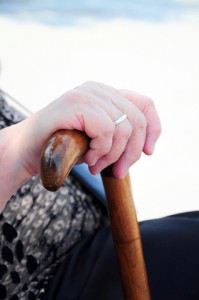
As mentioned above, various factors associated with disaster can exacerbate your chronic condition. That is why one of your main priorities after this kind of event is to get your condition under control again.
Best way to do this is to stick to your regular treatment. You should look to obtain more medication as soon as you can in case your disaster kit supply runs out.
Moreover, you should also schedule a consultation with your doctor as soon as possible. He will be the best person to determine how the disaster has affected your condition.
Once you begin to recover, your life with chronic illness should return to how it was. You can’t really expect the condition to improve.
Just maintaining your health through such an ordeal is difficult. It is important to look at this experience as a learning opportunity, and see what you did wrong and what you did right during the event. This can help you better prepare for the future.
This article has been written by Bella Scotton for Survivopedia.
Photo source: Dreamstime.


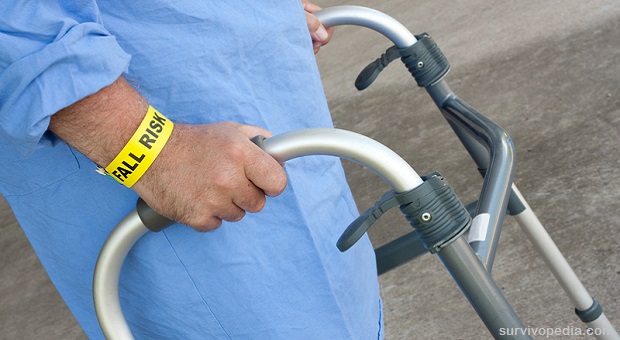
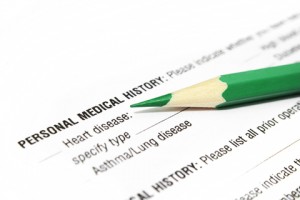

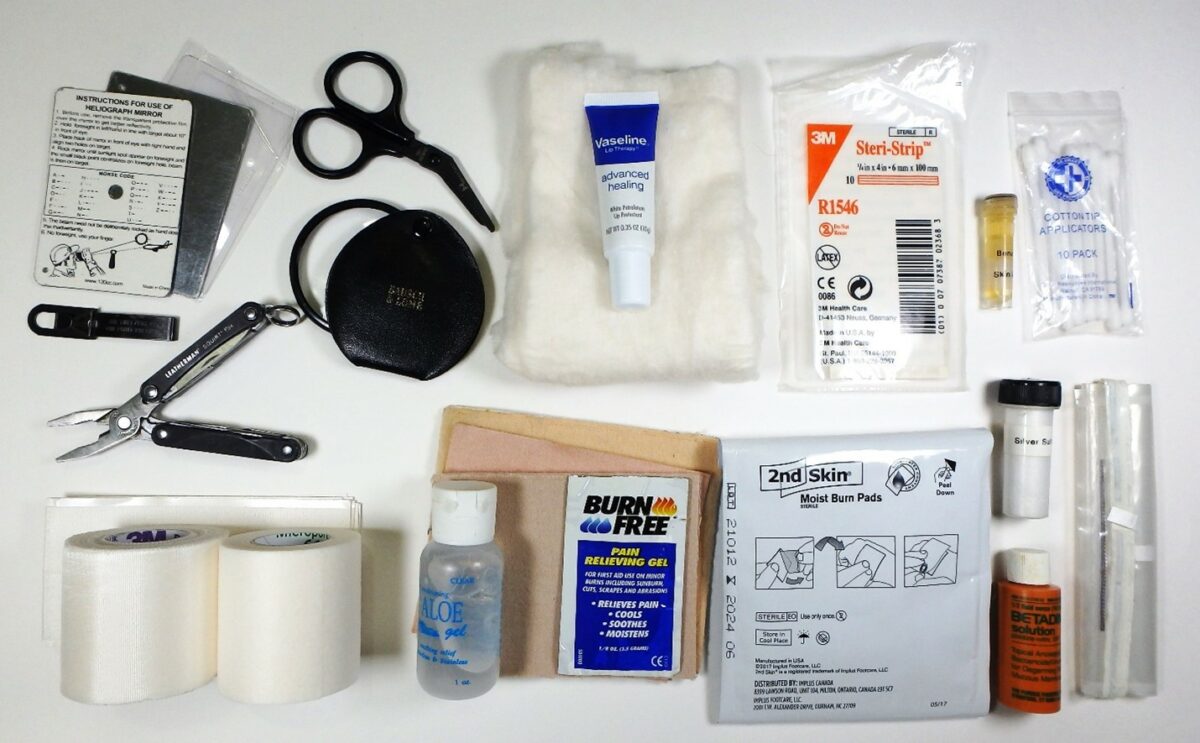
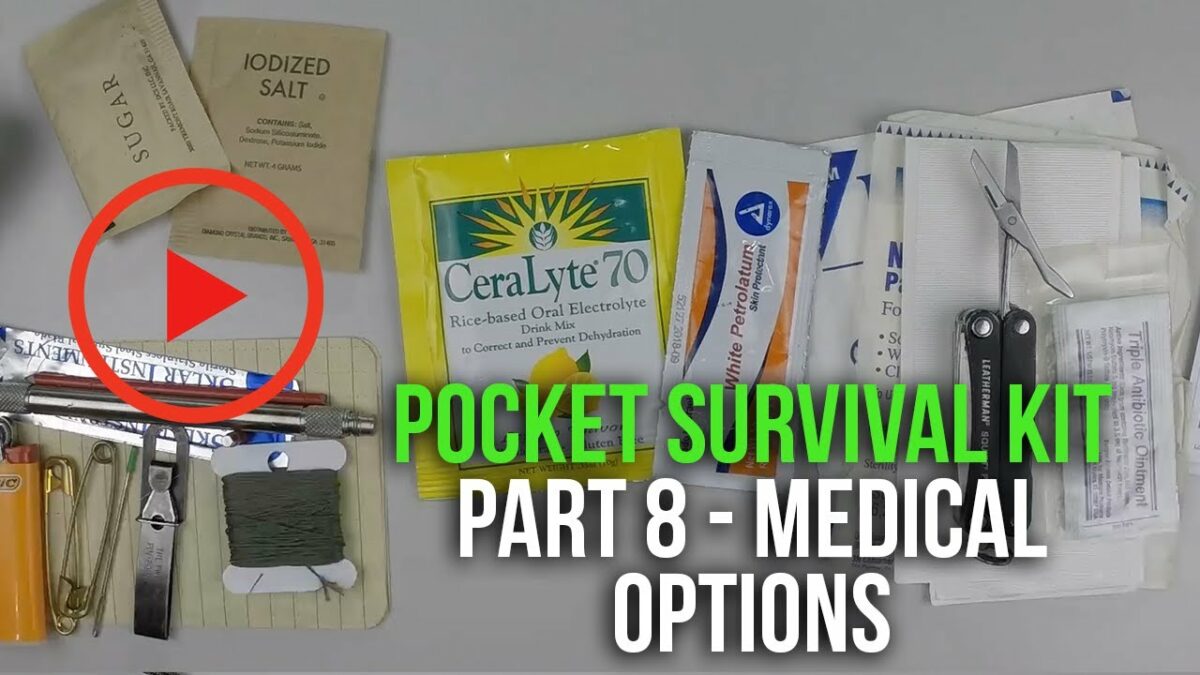
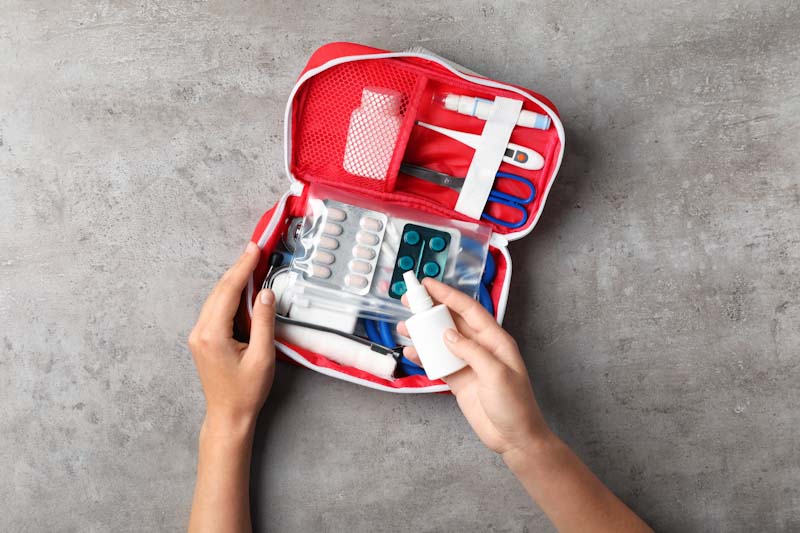

Jacki =^..^= | December 11, 2013
|
I am a diabetic but I’m not on insulin because I’ve told my Dr. I don’t want insulin in case the bottom falls out of the economy and then I wouldn’t be able to get it. I do take pills and my diabetes can be controlled by diet and exercise. I would suggest this to anyone, stay off the insulin as long as possible. Once you’re on it you have to stay on it. I call myself a mini prepper, I have 3 5 gallon buckets filled with food, water in pouches, weapons, cat food in pouches, tents, sleeping bags and blankets made from that space material, parachute cording, mess kits, water purifier tablets, a change of clothes for each of us, lighters and fire starters. If we have to leave, all we do is grab the 3 buckets and the cats and we’re off. If we don’t have to leave, we of course have the food I’ve preserved stored in several places and Lake Erie is about 1/4 mile away and we can get water there and purify it. We also have a fireplace that heats the place pretty good and of course firewood. I have a room full of fabric and in case there’s no electricity one of my sewing machines is a Treddle and I have one that works on AC or DC. Those give me a job making clothes we can sell or trade. I’ve also stored some alcohol we can use, sell or trade. Evaporated milk I believe is a must for here to use mainly in cooking. Add some vanilla to it and it’s pretty palatable for drinking. I stock up on OTC meds and we have purchased unconventional weapons, just in case our guns get confiscated by the government. This is some of what we’ve been doing to prepare.
I’m bi-polar so if those meds run out, my husbands world will get harder but this isn’t life threatening.
Old Soldier | December 12, 2013
|
Anyone who takes any medication on a regular basis should build up a supply in excess of normal needs. Most medications last for years if stored properly in a dry place at 55-70 degrees. The expire date is just a formality on most. The military and public health services use medications for years. They do have test run from year to year, but the point is most medicine is stable for years. If you are in a damp climate, warm an ammo can, place items in it and close. This reduces the humidity inside the sealed container. Use meds in rotation so that the oldest is used first. Except for narcotics, most prescriptions can be refilled a few days before actually due. This will accumulate over time to the required stash. Even if some medicines lose strength over time, some is better than none.
Edith | December 12, 2013
|
Recently, there was a news story about an old pharmacy that was being razed, and they found a whole storehouse of prescription drugs. They did some testing of select drugs and found them to be fully potent. 40 years later! Those expiration dates are required by law, but they’re generally meaningless.
teabag | December 28, 2013
|
expiration dates aren’t meaningless in all cases, though. i depend on thyroid pills to survive, and those are pretty perishable. but the remedy is simple: just rotate! that works for any meds that one takes regularly, and it’s not exactly hard to do.
June. R. Lester. | December 12, 2013
|
I have a pacemaker. I sleep with oxygen. It lessens the strain on my
heart when I sleep as it seems, when I go to sleep, all of me wants to
go to sleep. I have 3 small bottles of O2 but that will be only 3 nights
without electricity. I haven’t asked the cost of a Large tank. Don’t know how long they would last. My electric is an oxygen generator. Any
suggestions??
Melissa Gedney | December 13, 2013
|
Liquid oxygen uses no electricity and can be stored in large containers. I think it’s preferable to gas oxygen. Ask your oxygen supplier about it. Your dr can give you a prescription for it.
Jacki =^..^= | December 13, 2013
|
J have no idea if you can do something with this. They make pills that you put into water to keep fish alive if they need to survive a long trip. I don’t know if they’re safe for humans, but if they are, I suppose you could use them in an enclosed environment with a hose that would force the oxygen out. You can get the pills at bait shops and the owner should be able to answer questions or the company that makes them.
Jacki =^..^= | December 13, 2013
|
I forget to mention the pills put oxygen in the water.
Marcella Cagle | December 15, 2013
|
How can you obtain a large supply of prescription drugs when you are only allowed to refill once a month and it has to be on doctor’s order. How do you get your doctor to order a long-term prescription? My son has a serious illness and is on heavy painkillers.
Pingback:How To Survive Without The Pharmacy | Survival skills, survival guns, survival guide | January 7, 2015
|
Pingback:Stay Away From These Supplements That Harm You! | Prepper's Survival Homestead | January 27, 2016
|
Pingback:Stay Away From These Supplements That Harm You! | NewZSentinel | January 29, 2016
|
Pingback:10 Essentials For Prepping With A Special Needs Child | Prepper's Survival Homestead | June 2, 2016
|
Pingback:Stay Away From These Supplements That Harm You! | Survivopedia | November 3, 2017
|